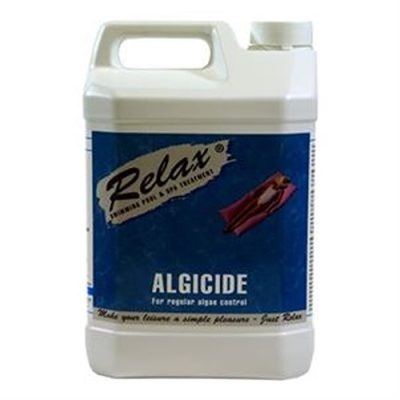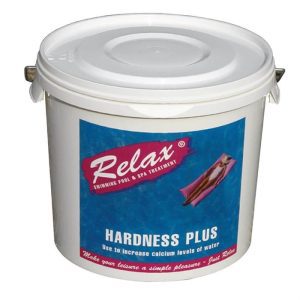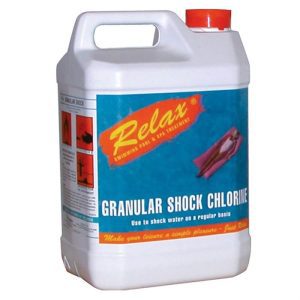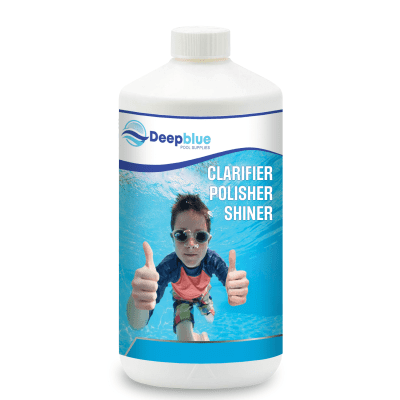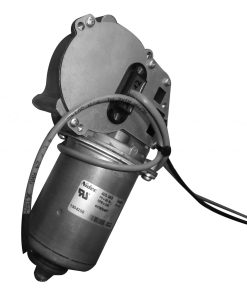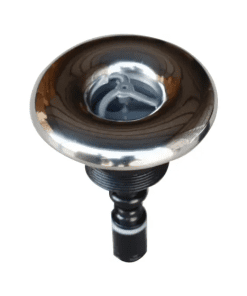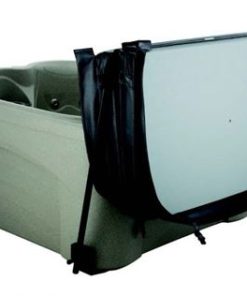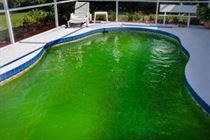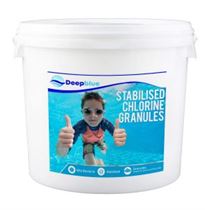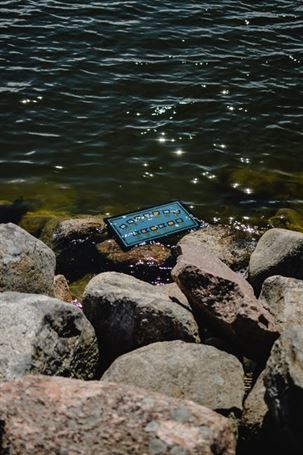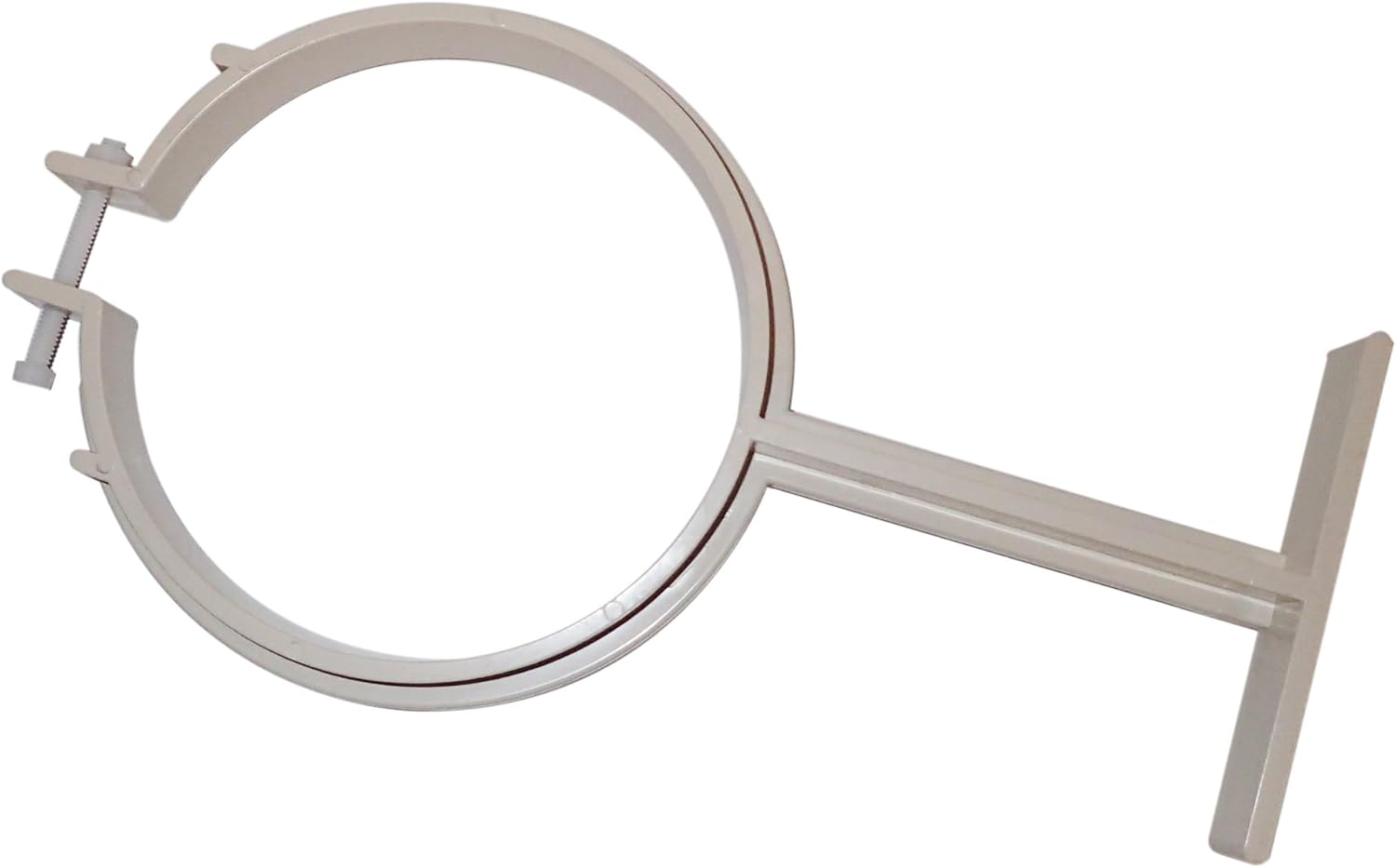Blogpool, Chemicals, Maintenance, Swimming Pool, Water Testing
How to Maintain Perfect Pool Water Chemistry All Year Round
Pool ownership brings happiness during warmer months but maintaining perfect water chemistry throughout the entire year presents a difficult task. Your pool will rapidly become unsafe and unattractive when water chemistry values deviate from proper ranges. The following guide provides step-by-step instructions to maintain year-round balanced pool water conditions that result in safe and clear swimming conditions.
**Why Water Chemistry Matters**
Proper pool water chemistry is vital for:
– The prevention of dangerous bacteria and algae proliferation in the pool.
The water needs to remain safe for swimmers while protecting their eyes and skin from irritation.
– Your pool equipment will remain protected from corrosive or scaling damage when you follow proper pool water chemistry.
The maintenance of **pH levels**, **alkalinity**, **calcium hardness**, and **chlorine** levels is critical for pool water chemistry. Here’s how to keep each of these in check.
**Step-by-Step Guide to Maintaining Pool Water Chemistry**
**1. Test Your Water Regularly**
Testing the water starts as your first step toward maintaining proper water balance.
– **How often:** Test the water **at least once a week** regardless of how clean your pool appears. High-use pools require testing twice to three times per week.
– **Test kits:** Use a liquid test kit or test strips. You can achieve more precise results by sending water samples to your neighborhood pool store for evaluation.
– **Parameters to test for:**
The recommended pH levels for water should be between 7.2 and 7.6.
– Total Alkalinity (TA) (ideal range: 80-120 ppm)
– Calcium Hardness (ideal range: 200-400 ppm)
– Chlorine (ideal range: 1-3 ppm)
– Cyanuric Acid (stabilizer) (ideal range: 30-50 ppm)
—
**2. Adjust the pH Levels**
pH stands as a fundamental element in water chemistry. The test shows how acidic or basic the water solution exists. Proper pH balance allows chlorine to function effectively and creates comfortable conditions for swimmers.
Add **sodium carbonate (soda ash)** to elevate the pH reading. Begin testing water after adding **200g of soda ash to every 10,000 liters of water**.
Add **muriatic acid or sodium bisulfate** to decrease pH levels. Use **250ml per 10,000 liters** of water. Check the water after 4-6 hours following your measurement.
Low pH levels create equipment corrosion but high pH results in scaling together with cloudy water formation.
—
**3. Balance Total Alkalinity**
The alkalinity level functions as a stabilizing mechanism for pH levels in water. Your pH levels will become unstable when alkalinity is low and extremely high alkalinity creates difficulties for pH adjustments.
To increase alkalinity levels use **baking soda (sodium bicarbonate)**. For increasing alkalinity by 10 ppm you should add **1.5kg of baking soda to every 10,000 liters of water**.
– **To lower alkalinity:** Use **muriatic acid**. Measure out 200ml of muriatic acid as an addition to 10,000 liters of water and verify the pH levels after each addition.
—
**4. Manage Calcium Hardness**
A correct calcium hardness level serves to protect pool plaster from erosion while preventing equipment scaling on pool surfaces and equipment.
– **To raise calcium hardness:** Add **calcium chloride**. When raising calcium hardness by 10 ppm in **10,000 liters** of water you need to add **1kg** of calcium chloride.
– **To lower calcium hardness:** There is no chemical way to lower calcium hardness, so if your levels are too high, the best option is to partially drain the pool and refill it with fresh water.
—
**5. Keep Chlorine at Optimal Levels**
Chlorine serves as an essential agent for bacterial elimination and algae prevention. The correct chlorine concentration maintains both pool cleanliness and safety.
Use **chlorine tablets or granules** to elevate chlorine concentration. For every **10,000 liters**, add **200g** of chlorine granules. You should place one tablet either on a floater or in the skimmer basket.
– **To lower chlorine levels:** The solution to high chlorine levels is to avoid further chlorine application until the concentration returns to normal through natural degradation or when sunlight breaks down the chlorine.
—
**6. Shock Your Pool Regularly**
The term “shocking” describes the process of adding strong chlorine concentrations to your pool which destroys bacteria together with algae and chloramines that produce unpleasant chlorine odors. Pool shock treatments should occur at least once every 1-2 weeks based on pool utilization levels.
To shock your pool you should add 500g of chlorine shock per 10,000 liters of water. Swimming is allowed after the chlorine levels reach the normal range of 1-3 ppm.
The shock procedure should be performed during times of heavy pool usage and immediately after rainstorms and whenever the water appears cloudy or develops a strong chlorine odor.
—
**7. Control Cyanuric Acid (Stabilizer)**
Cyanuric acid acts as a sun UV ray protector for chlorine but excessive amounts render chlorine useless.
– **Ideal range:** 30-50 ppm.
The method to decrease cyanuric acid involves draining part of the pool and adding new fresh water. There is no chemical treatment to reduce cyanuric acid levels.
—
Additional Year-Round Pool Chemistry Maintenance Tips
Pool maintenance becomes easier when you use a pool cover during periods of non-use because it prevents both debris entry and water loss.
When winter arrives in your area you should perform the correct winterization process for your pool which involves chemical adjustments alongside secure pool cover installation.
Run your pool pump for at least **8-12 hours per day** to maintain water filtration and chemical distribution throughout the pool.
—
**In summary**
The process of maintaining ideal pool water chemistry throughout all seasons demands regular practice yet remains achievable. Regular testing combined with occasional minor adjustments will help you prevent both algae development and costly pool equipment damage. These instructions will help you maintain a pool that appears perfect and provides a safe swimming environment throughout the entire year. For any required chemicals please visit our website or contact our friendly support team.
Some products you might be interested in:


